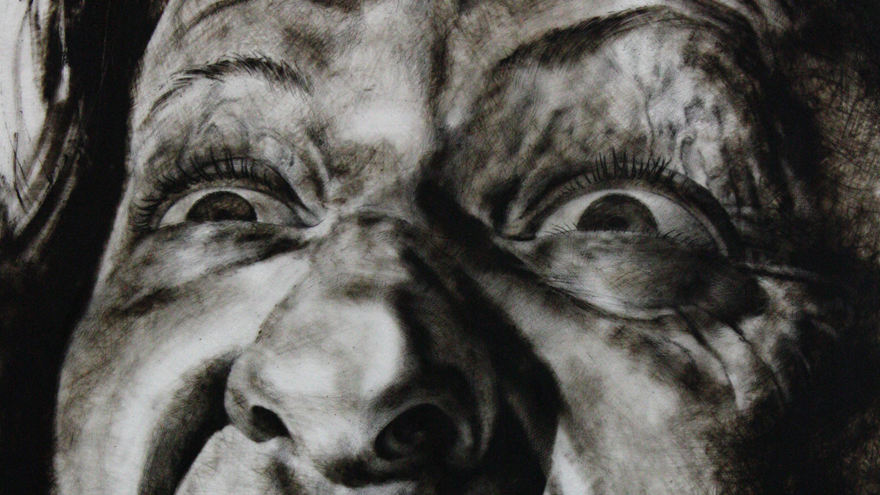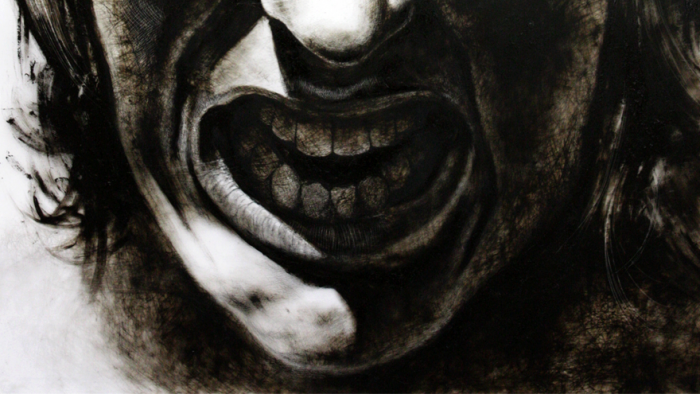Clara Lieu is a visual artist and teacher at the Rhode Island School of Design. When she is not fostering the creative fortitude of her students at the art college, Lieu works on expanding her own portfolio and continues to communicate her own views on life visually in various mediums.
In this series, “Falling”, Lieu decided to address her own relationship with depression and portray it through the harsh expression of human faces. These handmade artworks offer a direct look into the artist’s understanding of this psychological problem, as she had been living with it well into her adult life before having it diagnosed and treated officially.
We asked Lieu to analyse the proponents of this collection of drawings – what is it that moved her to transfer emotion onto paper?
“I had struggled with depression since I was a young child, but I wasn't diagnosed until I was well into my 30s. When you live with depression for so many years, not knowing what it is, you come to accept the disease as simply being your own personality. As a teenager, I became obsessed with the Surrealist artists, probably mostly with Dali and Magritte. In high school, I was really angry and frustrated, so I wanted to create images that would shock and startle my audience,” the artist said.
Lieu explains the lack of communication that so often gives mental conditions the chance to deteriorate further in the individual’s mind. She found it difficult to talk about her depression with others, so art became the solitary outlet for it. It was only later in life that Lieu felt comfortable enough to share her despair with family and friends – a simple act that lifted her almost immediately.
“Mental health was not talked about in my high school, and I really had no idea that there were any options for me. Once I was diagnosed and had a solid support system in place, it was shocking to see myself separate from the depression. I saw myself clearly for the first time in my entire life. The depression started to feel like a distant memory, almost as if it had happened to someone else. I realised then that I finally had the emotional distance I needed to be able to create the artworks.”
According to Lieu, the most difficult part was the very first step – deciding to declare the mental disorder in a visual way and facing any stigma against it that could follow, be it from people who knew her life personally or from strangers.
“I knew that if I made these drawings I would have to tell everyone that I had depression. I knew couldn't talk about such a personal experience from an anonymous perspective, that wouldn't have made any sense. Mental illness can be brutal and ugly, and to go public with emotions that are that deeply personal was a gigantic risk. I had to make sure that I would be prepared to speak about my experience with depression in public situations, and make peace with everyone knowing about my history.”
Ultimately, the support of friends allowed the artist to be open about her personal anguish and by speaking out about it, Lieu has become a mentor at her college to younger minds who struggle with similar anxieties.
“Since I am now public about my experience with depression because of my artwork, many students I teach at RISD often times will contact me privately and ask for help outside of class. People whom I don't know send me poignant messages, sharing their own experiences. Knowing that I can be an ear to someone because of my artwork is incredibly moving.”



















